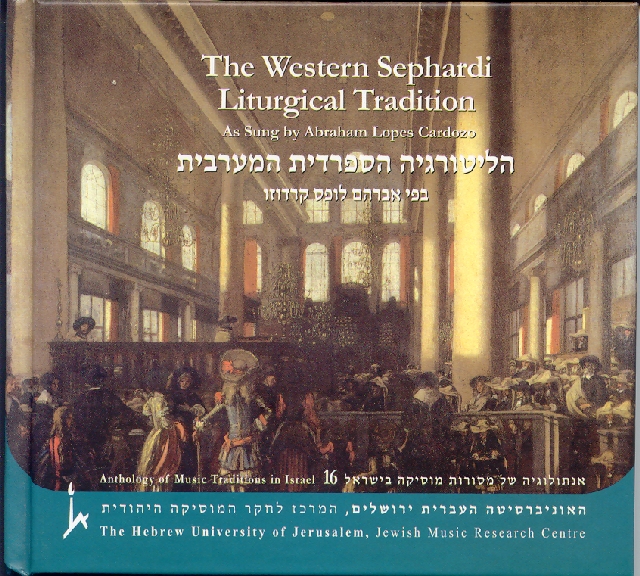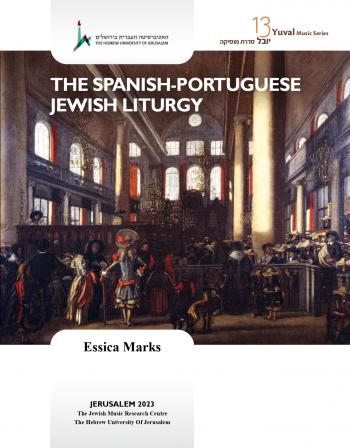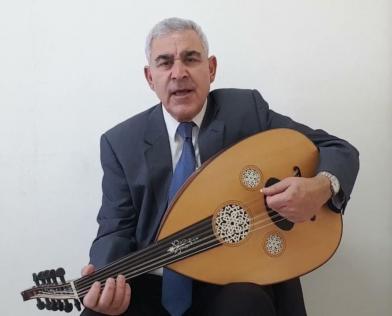Performed by Reverend Abraham Lopes Cardozo
Kamti lehallel leshem hael hanikhbad
This is a rare baqqasha by an anonymous author for the opening of the Sabbath morning liturgy. It appears for the first time in the important compendium Baqqashot printed in Constantinople in 1545 (no. 19 in this collection). It is likely that this poem was composed by a member of the school of Byzantine payytanim that was active in the Crimean Peninsula in the first half of the 16th century for it appears in many collections of liturgical poetry from Kaffa (Feodosia or Theodosia) and Krassov in Crimea, such as Seder tefillot shel yemei ha-hol ve-shabbatot ke-minhag q"q Kaffa ve-Krassov... (Mezirov, 1793, p. 93). Members of this group of poets composed many well-known piyyutim, such as Yom zeh le-Yisrael (usually attributed to Rabbi Isaac Luria Ashkenazi due to a later addition that renders his name in the acrostic), that spread to the Sephardi and Oriental communities (Italy, Saloniki, Cochin, etc.) via Constantinople. This poem, an addition to the morning services, was especially favored at the Portuguese synagogue in Amsterdam to which place it arrived most probably from Venice, for it appears printed in the Tehinot, tfillot sfarad printed by Joan de Gara in that city in 1581. In Amsterdam it appears already in the Seder tefillot (Order of Prayers) printed by Joseph Attias in 1661. It continued to be printed in Amsterdam prayer books until relatively recently, e.g. in the Tefillat kol peh, Gebeden der Portugees-israelitieten (Amsterdam, 1950, p. 3).
The poem opens with a two-line stanza, part of which functions thereafter as a refrain ("va-azamer lo be-'od hillo mizmor shir le-yom ha-shabbat"). The other stanzas consist of four or five lines, two or three long and two short, in the aabba rhyme pattern. The performance by Rev. Lopes Cardozo has an unusually flexible rhythm, with four musical phrases in the AABC pattern, after which the refrain (BC) is repeated. All phrases end on the fifth tone of the mode, except the final one that ends on the first tone. This tune may have Eastern European Jewish origins.






